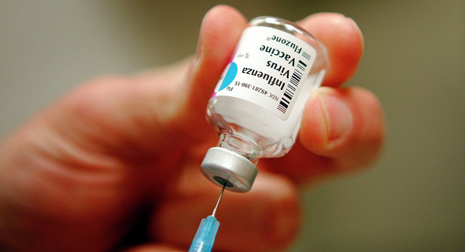But researchers have found a way to outflank the virus. In a pair of studies published in Nature and Science, two groups of scientists revealed the breakthrough approaches used to create a new, long-lasting version of the vaccine.
To provoke an immune reaction, they used the stem of haemagglutinin — a spike-like protein, known as HA, on the surface of the virus — which is more stable than the tip, or "head." To accomplish that, a team led by Hadi Yassine of the Vaccine Research Center at the US National Institutes of Health grafted a nano-particle-sized protein called ferritin onto a headless HA stem.
US Department of Defense signed a contract with a Dutch laboratory through which it will fund a 4.5-million euro ($5.2 million) project to create a new type of vaccine against Q-fever
Next, the scientists immunized lab mice and ferrets and injected them with H5N1 "bird flu."
The test results were remarkable. The mice were completely protected against the flu, and most of the ferrets resisted the H5N1, as well. Even more promising, a new batch of mice injected with antibodies from the surviving rodents also proved resilient to a lethal dose of bird flu.
Another "stem-only" shot created by a Dutch team also proved effective. Led by researcher Antonietta Impagliazzo, their vaccine created a high level of antibodies and significantly reduced fever in monkeys infected with the H1N1 virus.
"This is an important proof of concept for this vaccine approach," said David Morens, a senior advisor at the National Institute of Allergy and Infectious Diseases at the US National Institutes of Health, according to AFP.
Around half a million people die from flu each year, according to estimates provided by the World Health Organization. The new vaccines could help dramatically reduce those numbers.
Several scientists expressed their excitement about the new development, calling it a major step toward a universal vaccine. However, more trials still need to be conducted, and it may be years before the vaccine can be tested on human subjects.
More about:
















































